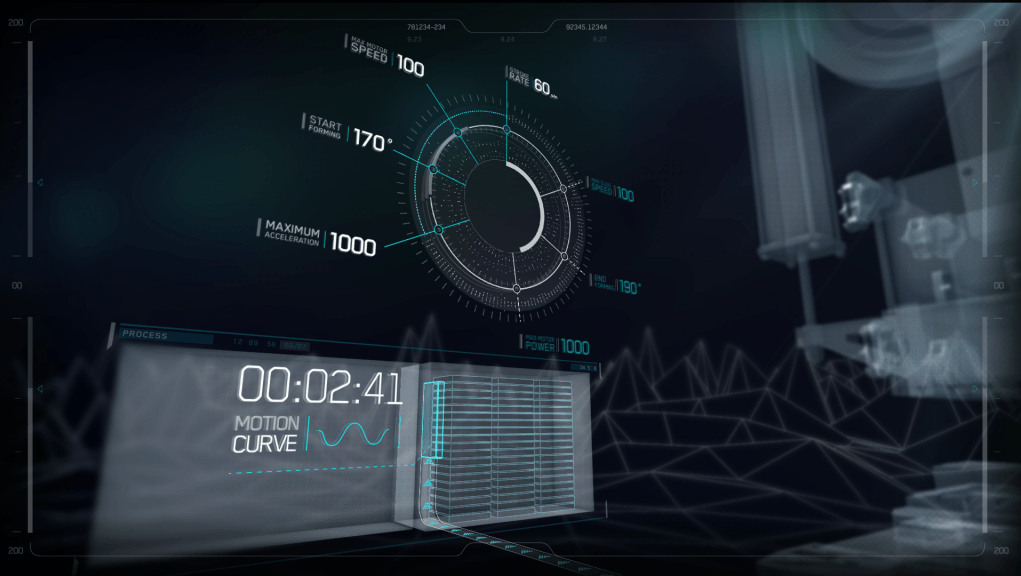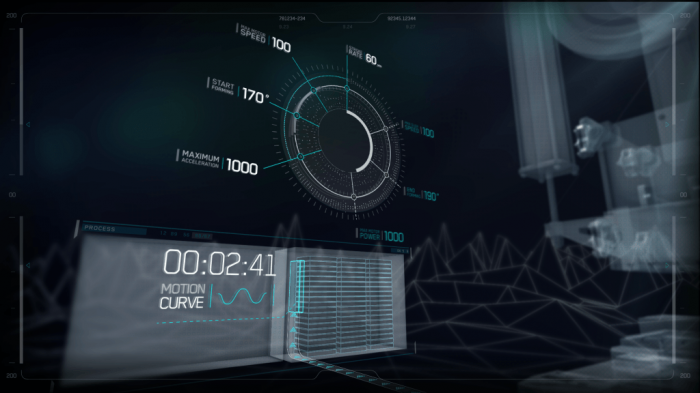The multinational conglomerate company known as Siemens has partnered up with a team of artists and developers from London to highlight the company’s engineering abilities using the Oculus Rift DK2 headset.
The story begins when Siemens approached the UK-based company Masters of Pie hoping to produce an attraction that would show their collection of products in a trade show environment. The challenge though was to develop an experience that would bring to light the systems that lay behind the scenes.
For instance, abstract concepts such as ‘energy’, ‘intelligence’, ‘power management’ and ‘data storage’ are hard items to convey unless educated in the right way. One cannot simply insert a virtual reality enabled camera into a factory and expect individuals wearing a VR headset to understand exactly what is going on with the complex machinery.
What manifested during the project’s lifespan was a beautiful depiction of what some of the machines manufactured by Siemens actually do. It highlighted the internal mechanics while at the same time visualized those products that are not often seen or considered by most.
It was clear from the get-go that design and interactivity were very important pieces when prototyping this particular virtual reality experience. The outcome was impressive, but the journey had a few bumps along the way. Several problems had to be addressed during the development phase.
Directing Attention
With so much complex information at hand, it was a challenge for the Masters of Pie team to keep people looking at certain items for very long. Drawing their attention to other objects nearby had to be considered as well in order to achieve fluid interaction between the user and the virtual items found inside the experience. They came up with four main techniques to help solve these problems. Below is a brief description of the lessons learned by Masters of Pie, as detailed in their project breakdown.
1. Look-based triggers
Despite initially testing the application with Leap Motion, Kinect,and Sense3D setups, it was eventually determined that implementing look-based triggers were the way to go. Although Masters of Pie developed a gesture-based menu system at the start, most of the users struggled with precision tasks. Instead, users would interact with information and virtual objects with their gaze. This reduced the clutter of having a gesture-based menu and helped users focus on the information rather than the user interface.
2. Attracting Attention with Movement
With a full 360 degree environment to explore, users tend to consistently gaze from side to side while they become comfortable in their new virtual surroundings. This means that it’s difficult to direct the user’s focus unless visual or auditory cues are employed. Fortunately, like the Masters of Pie project page says, “humans are hardwired to respond to certain visual stimuli. Isolated movement of certain elements in the scene seemed to work very well in guiding users’ attention and enabled us to move focused attention from one thing to the next.”
3. Flippable Vision Modes
Being that Siemens products are hidden for the most part, it was critical to implement a way to represent those systems in an easy to understand format. What the Masters of Pie crew came up with was a feature that would allow the users to switch between solid state models and “holographic” wireframes that could be seen through.
This vision mode is similar to what was created in the Marvel: Avengers’ Tower Gear VR demo that we saw at the Samsung Developer Conference this year. The Masters of Pie team turned to Territory Studio, an independent creative agency also located in the UK, to help design the holographic UI. Territory Studio has worked on UI designs for films like Prometheus (2012) and Guardians of the Galaxy (2014).
With the assistance of Territory Studios, Masters of Pie was able to literally show the flow of energy through Siemens’ machines. A see-through approach allowed them to clearly express data rich content that lay within the machines.
4. Layered User Interface
At first, 2D menus hovered in front of the VR users in order to give a sense of familiarity to those transported themselves into the virtual energy induced world. However, additional functionality was added to provide more information in a 3D form. The see-through approached was used to depict inner mechanics and electronic circuitry in context as individuals explored the products more in depth.
This particular VR experience was debuted at a trade show in Germany called Euro BLECH. The experience itself lasted approximately 15 to 20 minutes giving the users plenty of time to check out what Siemens was offering.
As noted by one of the developer in a post in the Oculus section of Reddit, the average age of their audience ranged from 30 to 60 years old, and even included an 80 year old. It also turned out that directions were being routed through a microphone to guide the users through the virtual, electrified world, allowing the users to wear headphones to be immersed while still being able to here the demonstrator.
A short video gives a glimpse at the experience:
It’s interesting to see that marketing applications are one of the earliest places where virtual reality is catching on. It’s a double-whammy for marketers as many users are probably keen to try any virtual reality experience, while the medium also allows for deep brand engagement. The question is, will virtual reality in the marketing space be more than a novelty once most people have spent quality time with the technology?








